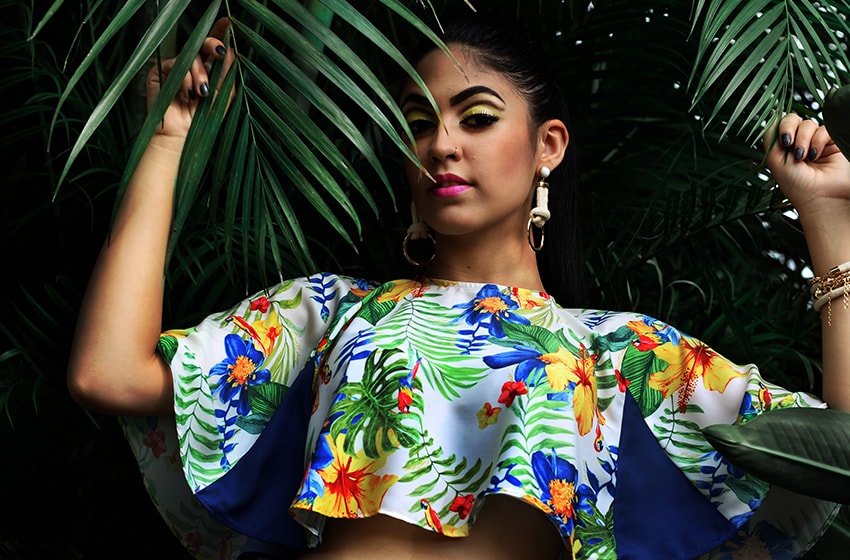Breakthrough in Renewable Energy: New Solar Technology Promises Unprecedented Efficiency
Fashion Unveiled: A Journey Through Time and Trends
In the kaleidoscopic world of fashion, trends emerge and evolve, weaving a rich tapestry that reflects the ever-changing tastes and preferences of society. This dynamic industry is not merely about clothing; it's a form of expression, a cultural phenomenon, and a mirror that reflects the spirit of an era. From the elaborate costumes of the Victorian era to the minimalistic chic of the 21st century, the world of fashion has witnessed a fascinating evolution.
The roots of modern fashion can be traced back to the Renaissance period when clothing became more than just a basic necessity. It became a canvas for artistic expression, with fabrics transforming into vibrant works of art. As centuries rolled on, the Industrial Revolution catapulted the fashion industry into a new era, bringing mass production and accessible style to the forefront. The 1920s witnessed the birth of the iconic flapper dress, symbolizing the liberation of women and a departure from traditional norms.
Fast forward to the mid-20th century, and fashion took a rebellious turn with the emergence of subcultures like the punk movement. Distressed denim, leather jackets, and unconventional hairstyles became symbols of nonconformity. Meanwhile, the 1980s embraced excess and opulence, with bold colors, oversized silhouettes, and power suits dominating runways. Fashion was not just about clothing; it became a statement of social and economic status.

The turn of the millennium ushered in a more eclectic and diverse era, where fashion became increasingly influenced by global cultures. Designers began to draw inspiration from different parts of the world, creating a melting pot of styles. The rise of technology also played a pivotal role, with the internet democratizing fashion and enabling consumers to stay ahead of trends with just a click.
In the present day, sustainability has become a key focus in the fashion industry. With growing environmental awareness, consumers are demanding ethical practices and eco-friendly materials. Designers are responding by creating collections that prioritize sustainability, from using recycled fabrics to embracing slow fashion principles. This shift marks a conscious effort to reduce the environmental footprint of an industry often criticized for its wastefulness.
Moreover, inclusivity has become a driving force in reshaping the fashion landscape. The industry is slowly breaking away from conventional beauty standards, celebrating diversity in size, ethnicity, and gender. Inclusivity is not just a buzzword; it's a transformative movement that is reshaping the way fashion is perceived and consumed.
Fashion is not confined to the runways and glossy magazines; it has permeated every aspect of our lives, influencing how we express ourselves on a daily basis. The rise of street style has blurred the lines between high-end and everyday fashion, with individuals becoming their own curators of style. Social media platforms like Instagram have become virtual runways, where influencers and fashion enthusiasts showcase their unique interpretations of the latest trends.
In conclusion, the journey of fashion is an intricate tale of evolution, rebellion, and self-expression. From the elaborate garments of the past to the sustainable and inclusive designs of today, fashion is a reflection of our collective consciousness. It is a celebration of diversity, a nod to history, and a canvas for the limitless creativity that defines our ever-changing world. As we continue to embrace the future of fashion, let us remember that style is not just about what we wear; it's about the stories we tell and the values we uphold through the clothes on our backs.
Sign up for the Newsletter
Join our newsletter and get updates in your inbox. We won’t spam you and we respect your privacy.


